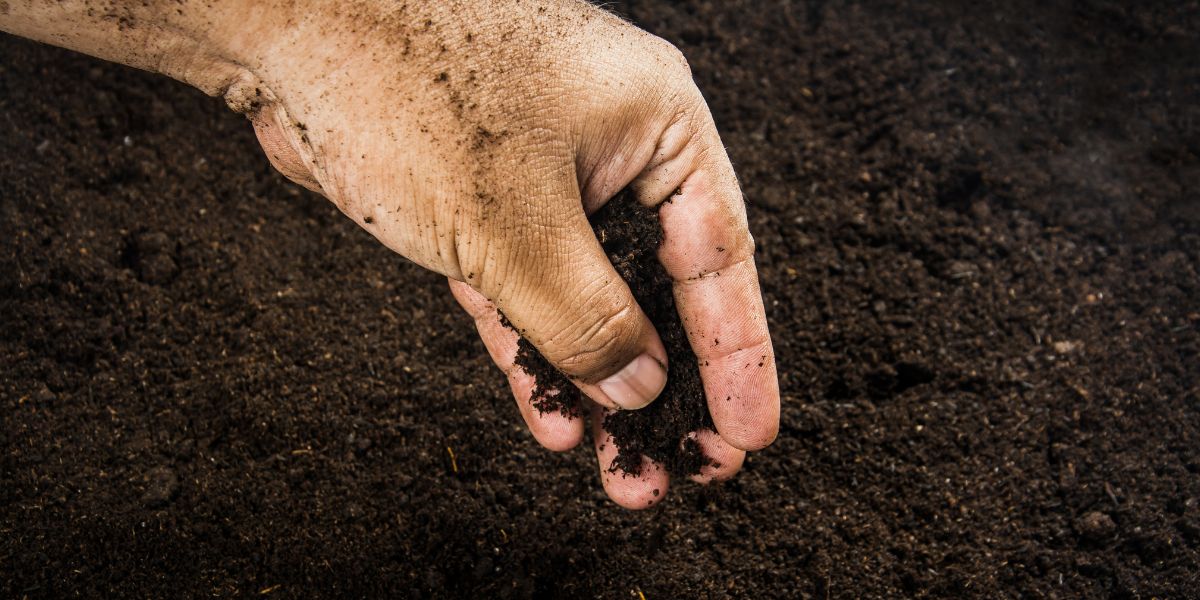Organic Chili Pepper Fertilizers: Nourish Your Plants Naturally

Growing chili peppers is an exciting and flavorful adventure, whether you're a seasoned gardener or just starting out. One crucial aspect of chili cultivation is providing your plants with the proper nutrients to ensure healthy growth and a bountiful harvest.
Are you a chili pepper lover who wants to learn how to grow chili pepper plants at home? Look no further! Click below to find out which must-have books will guide you through the process of growing your own chili peppers...
In this comprehensive guide, we'll explore the world of organic chili pepper fertilizers, offering tips and techniques to nourish your plants naturally while promoting sustainable gardening practices.
The Importance of Fertilizers for Chili Plants
Chili plants, like all plants, require essential nutrients to grow, produce fruit, and maintain overall health. These nutrients include macronutrients such as nitrogen, phosphorus, and potassium, as well as micronutrients like calcium, magnesium, and sulfur. Organic fertilizers provide these nutrients in a natural, environmentally friendly way, promoting healthier plants and a more sustainable garden.
Chili plants have specific nutrient requirements, and understanding these needs is essential for successful cultivation. Some other factors to also consider include the optimal temperature for growing chilies, the type of soil they prefer, and their growth habits. Providing the right balance of nutrients will ensure your plants thrive and produce an abundant harvest.
Types of Organic Chili Pepper Fertilizers
There are many organic fertilizer options available, each with its unique benefits and nutrient profiles. Some popular organic fertilizers for chili peppers include:
1. Compost
Compost is a nutrient-rich organic matter that results from the decomposition of plant and animal materials. It is an excellent soil amendment, providing essential nutrients and improving soil structure. Compost can be made at home using kitchen scraps, yard waste, and other organic materials or purchased from garden centers. It is an excellent fertilizer for chili plants, helping to boost growth and improve overall health.
2. Worm Castings
Worm castings, also known as vermicompost, are the nutrient-dense waste produced by earthworms. These castings are an excellent source of nutrients for chili plants, providing slow-release nitrogen, phosphorus, and potassium. Worm castings can be added directly to the soil or mixed with water to create a nutrient-rich "tea" for watering your plants.
3. Fish Emulsion
Fish emulsion is a liquid fertilizer made from the by-products of the fish industry. It is high in nitrogen, phosphorus, and potassium, making it an excellent choice for chili plants. Fish emulsion can be diluted with water and applied as a foliar spray or used to water the plants directly.
4. Seaweed Extract
Seaweed extract is a liquid fertilizer derived from seaweed and is rich in micronutrients, plant hormones, and growth stimulants. It can be used as a foliar spray or mixed with water for direct application. Seaweed extract promotes strong root growth, which is essential for growing chilies from seeds or from dry seeds.
5. Bone Meal
Bone meal is a slow-release, phosphorus-rich fertilizer derived from ground animal bones. It is particularly useful for promoting strong root development and fruit production in chili plants. Sprinkle bone meal around the base of the plant and water it in, or mix it with soil when transplanting or planting seeds.
6. Bat Guano
Bat guano, or bat droppings, is a natural, nutrient-dense fertilizer rich in nitrogen, phosphorus, and potassium. It is an excellent choice for chili plants, promoting strong growth and fruit production. Bat guano can be applied directly to the soil or mixed with water to create a nutrient-rich "tea" for watering your plants.
7. Green Manure
Green manure is a term used to describe plants grown and then tilled back into the soil to improve its fertility. Examples of green manure crops include legumes, grasses, and other nitrogen-fixing plants. When tilled back into the soil, these plants release nutrients that are then available for your chili plants to use, promoting healthy growth and a bountiful harvest.
How to Apply Organic Fertilizers to Chili Plants
Applying organic fertilizers to your chili plants is relatively straightforward, but there are some best practices to keep in mind. First, be sure to follow the recommended application rates for each type of fertilizer, as over-fertilizing can harm your plants and lead to nutrient imbalances.
When planting seeds or transplanting chili plants, it's a good idea to mix some compost, worm castings, or other slow-release fertilizers into the soil or planting medium. This will provide your plants with a steady supply of nutrients as they grow. For established plants, you can top-dress the soil with compost or other organic fertilizers, working it gently into the soil around the base of the plant.
Liquid fertilizers, such as fish emulsion, seaweed extract, or worm casting tea, can be applied by watering the plants directly or as a foliar spray. Be sure to dilute these fertilizers according to the manufacturer's recommendations and apply them during the cooler hours of the day to avoid burning the leaves.
Maintaining Healthy Chili Plants with Organic Fertilizers
Using organic fertilizers not only benefits your chili plants but also contributes to a more sustainable and environmentally friendly gardening approach. By providing your plants with the nutrients they need in a natural way, you'll promote healthy growth, a more robust root system, and an abundant harvest.
To ensure your chili plants thrive, remember to prune them regularly, provide adequate support, and monitor their water intake. With proper care and the right organic fertilizers, you'll be well on your way to a successful chili pepper growing experience.
Incorporating organic fertilizers into your chili growing routine is a fantastic way to promote healthier plants and a more sustainable garden. With so many options available, you're sure to find the perfect combination of nutrients to help your chili plants flourish. Happy growing!



